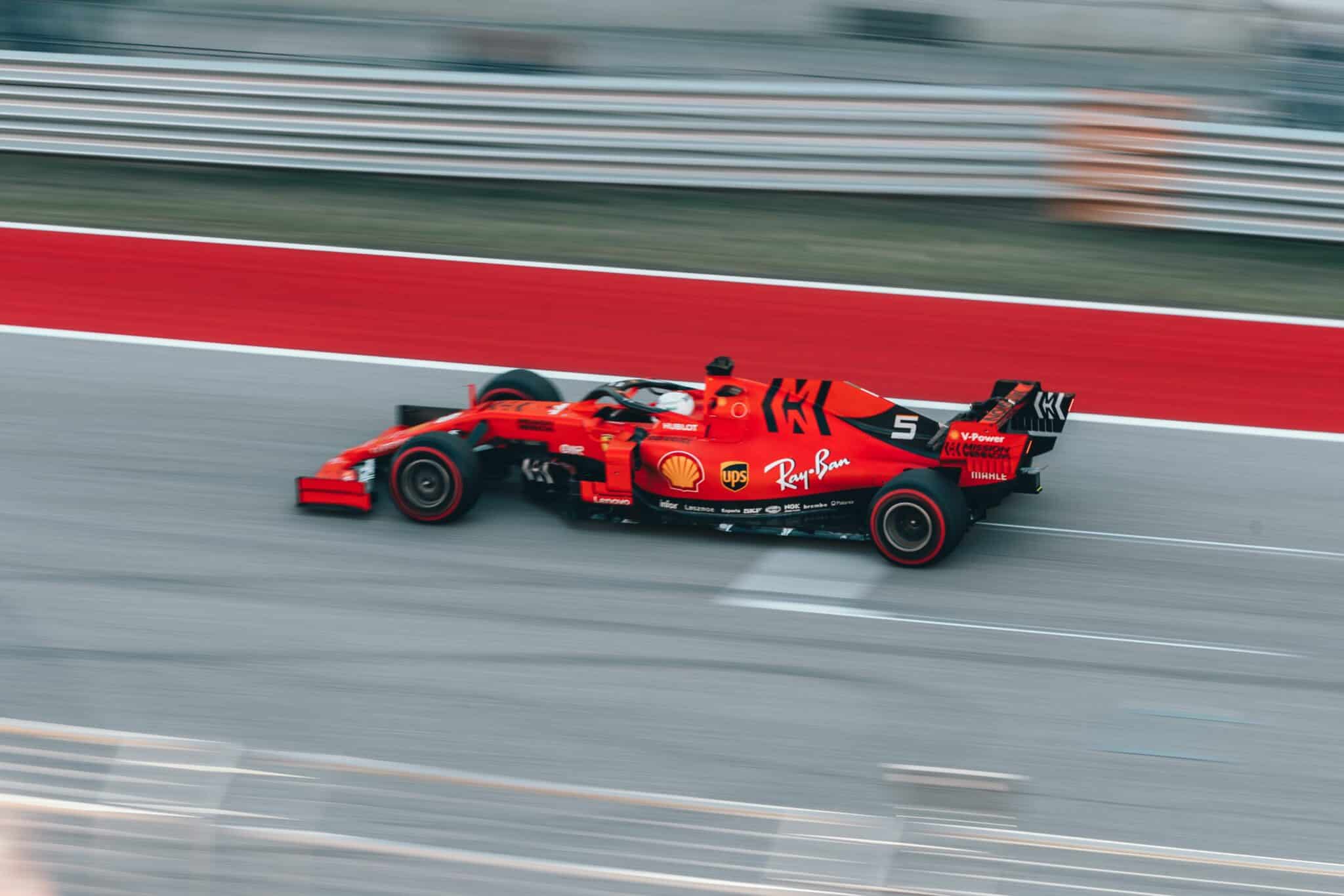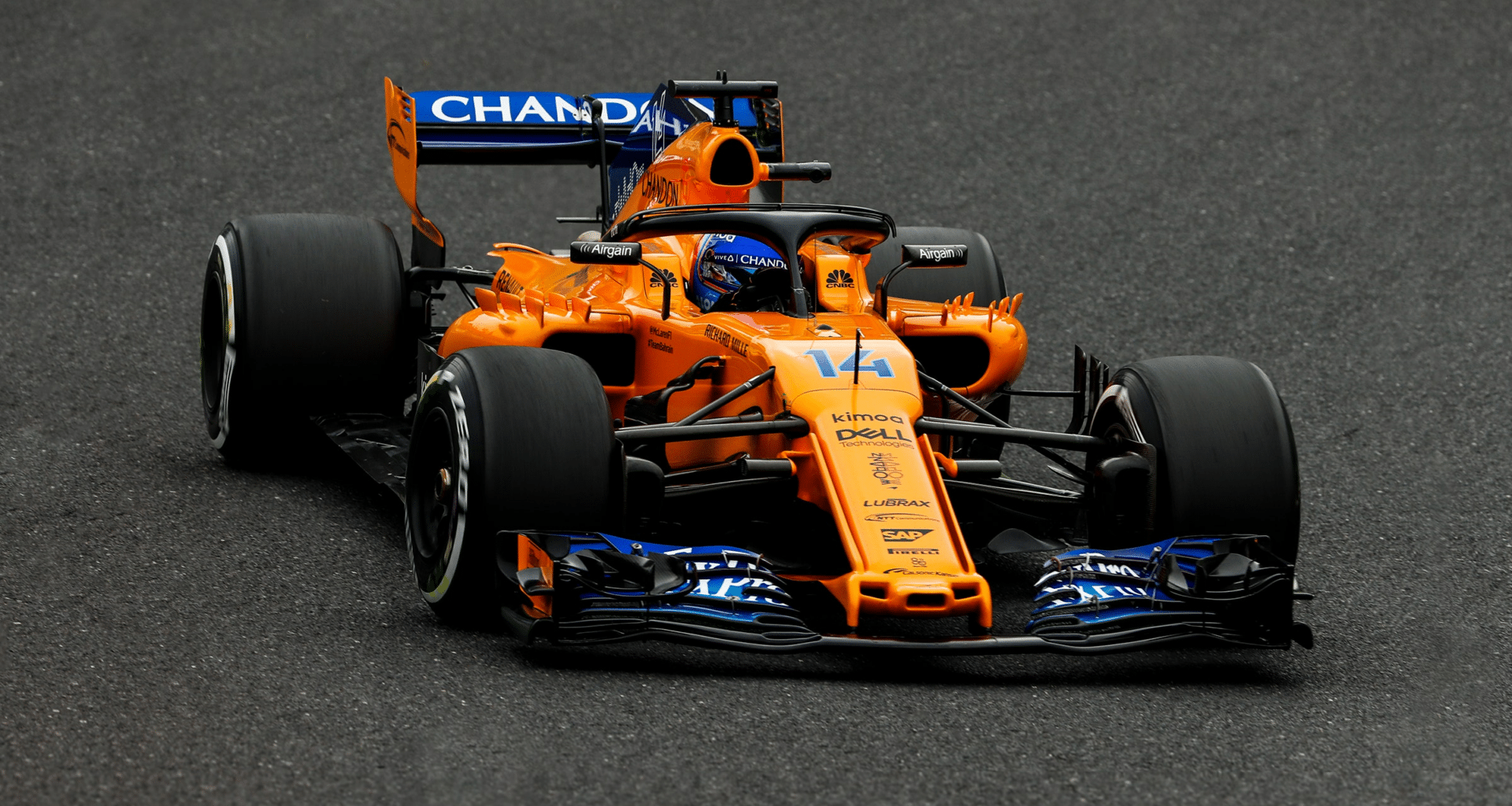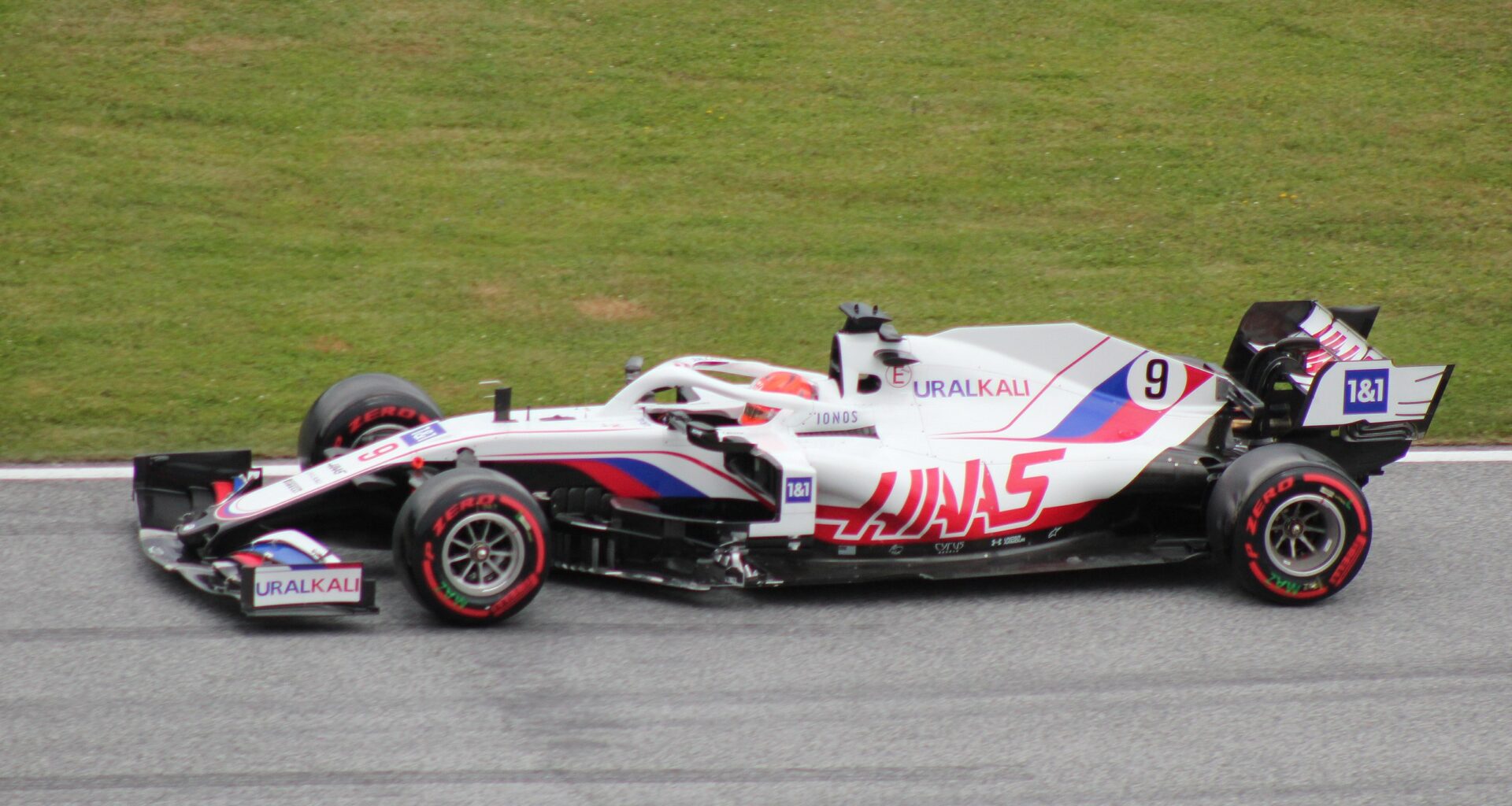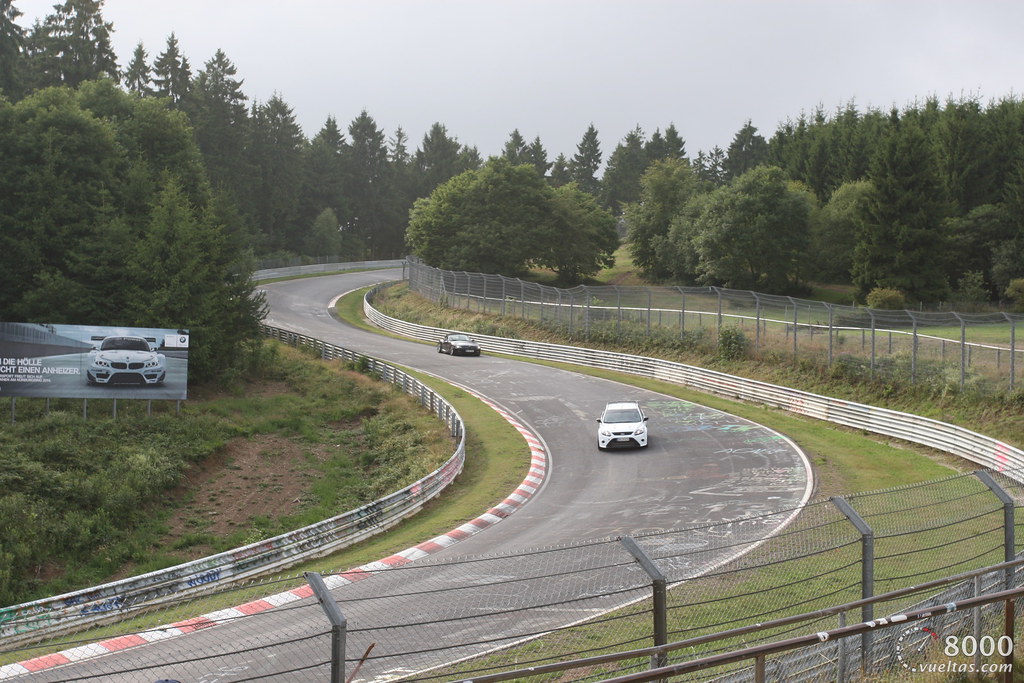A speed trap in F1 is a mechanism used to detect the speed of cars on track. It is usually placed at the fastest point on the longest straight of any given circuit and can be found in the middle or at the end of it.
One of the most crucial performance techniques in Formula One (F1) racing is the use of speed traps. They are often positioned at the quickest point of the longest straight of any given racing circuit and aid in immediately identifying the speed of cars on the circuits. Depending on the track, the speed trap could be situated in the middle or at the end of the straight.
Since the battery has already lost a significant amount of power by the end of the straight on circuits like Baku, Hungaroring, or Spa, the speed traps are placed in the middle of the longest straight. On the other side, as certain courses have straights that are much longer than others and allow cars to carry a lot of their speed into the turn at the end, tracks like Monza, Mexico, or Silverstone experience speed traps at the conclusion of the longest straights.
The pace disparity between the drivers on the circuit is represented by F1 teams using data from the speed traps. This enables the teams to better evaluate and optimize each driver’s performance and to determine whether the drivers should exert greater effort during the laps. The lap times are also an indicator of how the track and tires are performing, and they are therefore important in making many strategy decisions throughout the race.
Speed traps are a crucial element in F1 racing since they collect data on how well drivers and cars perform on the course. They can also be used to gauge a car’s speed, which tells a driver how hard to push in particular sections of the track. The lap times are useful for planning racing strategies and comprehending tire performance.
In summary, speed traps are an important component of Formula 1 racing and are used to assess how well drivers and carsperform on the course. They offer crucial information that is utilized to gauge the speed variations between drivers and to enhance their efficiency. In order to decide on a race strategy, lap times are also used to comprehend course development and tire performance.




